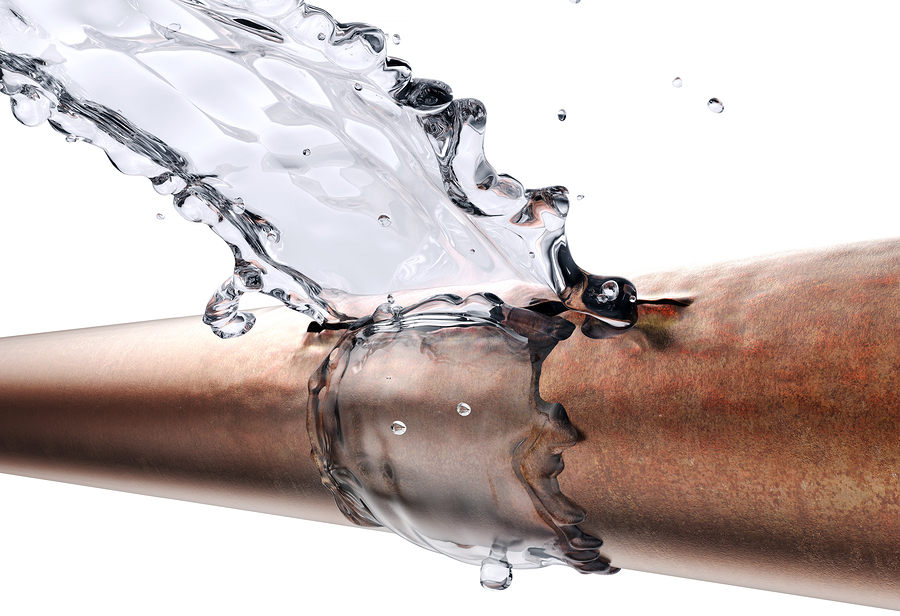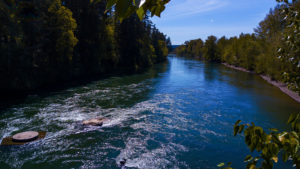Winter 101 – Preventing Freezing Pipes

You may have noticed it. The days have gotten shorter. The nights are longer. It’s raining all the time. Yes. Winter is coming and that means that periods of freezing weather are on the way. The pipes in your home are at risk of damage from freezing conditions. With the hustle and bustle of the holidays about to swing into gear it’s easy to forget about a simple thing like home plumbing. Those same low temperatures that can bring us snowflakes can also cause your water pipes to freeze, and in some cases burst. By taking preventive measures before cold weather arrives, you can prevent freezing pipes and the costly damage that goes with them.
Want to avoid a frigid disaster? Here’s a little reminder on the basics for preventing freezing pipes:
Outside plumbing
- Caulk around pipes where they enter the house. Close all foundation vents. Open foundation vents are probably the greatest cause of frozen or split water lines. Cut wood or Styrofoam blocks (available at hardware stores) to fit vent openings, then slide them into the vents. Open the vents again in the spring to prevent dry rot.
- Protect outside pipes and faucets. In some homes, the outside faucet has a separate shut-off in the basement. If you have a separate valve for outside faucets, shut it off. Then go outside and turn on all the faucets to drain water in the lines. Leave the outside faucets on while you go back and check your outside shut-off valve for a small brass plug or cap on the valve. Turn this plug far enough that water drains from the valve. Then, tighten the plug back and turn off all the outside faucets.
- Wrap outside faucets or hose bibs. Do this if you don’t have a separate valve to turn off outside faucets. Remember to disconnect garden hoses. Use newspaper or rags covered with plastic, fiberglass or molded foam insulating covers (available at plumbing and hardware stores) to wrap the faucet.
- Drain in-ground sprinkler systems. Check manufacturer’s instructions for the best way to do this.
Indoor plumbing
- Insulate pipes in unheated areas such as the crawl space, attic, garage or basement. Use insulating tape or molded pipe sleeve and wrap it over the entire length of exposed pipe. Cover all valves, pipe-fittings, etc. with insulating tape or fiberglass.
- Shut off and drain your water system if you are leaving home for several days. Turn off the water heater before draining the system. Leaving your furnace on a low setting while you’re gone helps, but may not prevent freezing. Turn off the main shut-off valve, then go through the house and turn on all faucets, sinks, tubs, showers, etc., and flush the toilets. Go back to the valve and remove the plug so that it can drain completely. Follow-up by re-tightening the valve and turning off the open faucets.
- Open cupboard doors in the kitchen and bathrooms. Water lines supplying the kitchen or bathrooms are frequently located in outside walls. Any air leaks in siding or insulation can cause these pipes to freeze. Leaving the cupboard doors open when the temperature is below freezing allows pipes behind the cupboards to get more heat.
- Let the water run if the temperature dips below freezing. A stream slightly smaller than a pencil width should be sufficient. Faucets farthest from the street should be the ones left running. Using cold water will save on your gas or electric bill.





